The US Air Force’s (USAF) B-52H bombers will be designated as B-52Js after receiving their new Rolls Royce F130 engines, the service says in its fiscal 2024 budget documents.
“Any B-52H aircraft modified with the new commercial engines and associated subsystems are designated as B-52J,” the USAF reportedly said in justification documents for its 2024 budget request.
The USAF had been considering various designations for the improved B-52 bombers, as they will be getting not just the new engines but also a new radar, as well as new communications and navigation equipment and weapons, among other improvements intended to keep it viable through the 2050s.
Considering the number of significant changes, Global Strike Command had considered using interim designations, in which case, the Stratofortresses would have become B-52Ks.
Furthermore, even the name of the B-52 re-engining project has now evolved from the Commercial Engine Replacement Program (CERP) to CERP RVP (Rapid Virtual Prototyping).
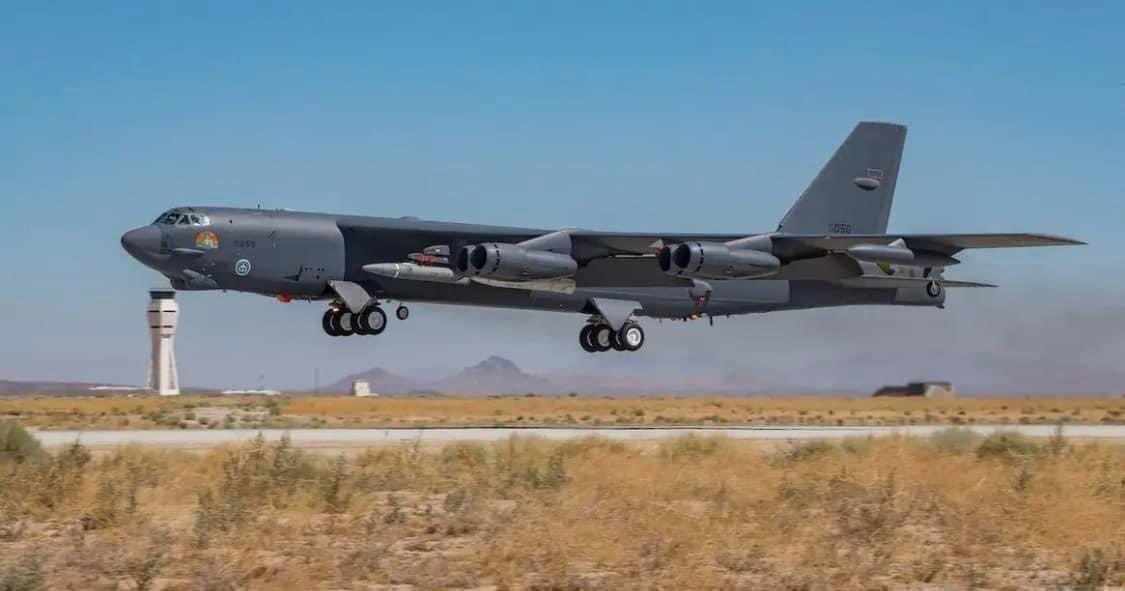
The re-engining effort was launched as a mid-tier acquisition to save time and get capability faster. At the end of the RVP effort, the program will become a Major Capability Acquisition, the service said in the budget request.
Commercial Engine Replacement Program
In September 2021, Rolls-Royce North America was selected to supply the replacement jet engines for the Cold War-era B-52 bomber.
The company started conducting tests on its F130 engine in March 2023 at its outdoor test facility at the NASA Stennis Space Center in Mississippi.
The initial round of tests mainly focused on crosswind aerodynamic flow and confirming the successful operation of the engine’s digital controls system. As Rolls-Royce claims, early results from these tests have been “very positive.”
The B-52’s current Pratt and Whitney-made TF33 turbofan engines have powered the bomber since its oldest airframes entered service in the 1960s.
However, in recent years the TF33s have been a significant factor behind the growing cost and complexity of maintaining the B-52 fleet. The engines need an overhaul after every 6,000 flight hours, which according to an estimate in 2016, costs the USAF US$2 million per engine.
Also, the serial production of TF33 engines was halted in 1985, and therefore the existing TF33s are not expected to be maintainable past 2030.
The new Rolls-Royce F130, however, is expected to extend the bomber’s service life by 30 years and remain on-wing throughout the duration, according to the company.
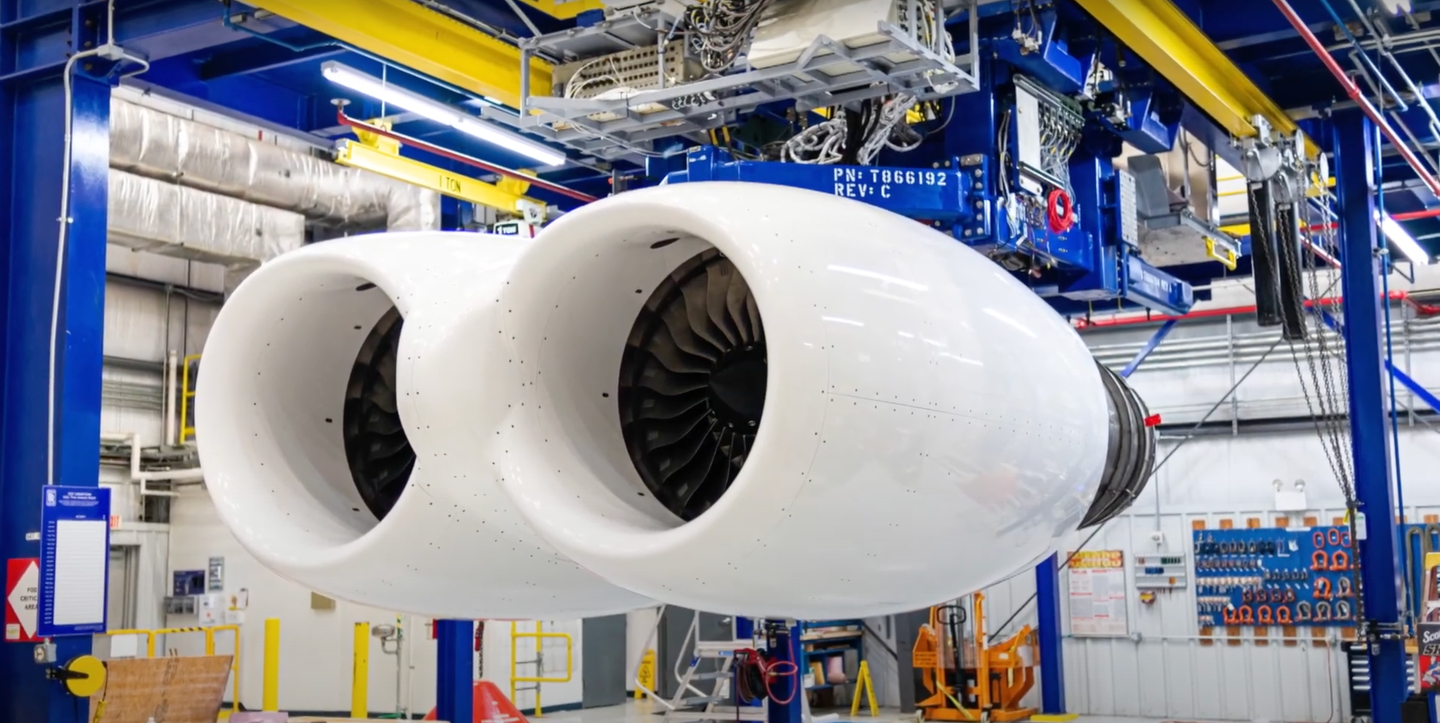
Reports suggest the F130s will offer the B-52 about 30% better fuel efficiency, increased range, better field performance, enhanced reliability, and reduced tanker aircraft requirements compared to the TF33.
Also, the re-engining effort is expected to eliminate engine overhauls, as the F130 will reportedly not require an overhaul for its expected life on the B-52 wing.
It is unclear how the F130 will impact the bomber’s speed, but according to a report by Air and Space Forces Magazine in March 2022, the new engine is not expected to influence performance negatively.
The USAF also noted that the CERP, in addition to providing new engines to the bomber, will also replace associated subsystems, such as engine struts and nacelles, the electrical power generation system, and cockpit displays,
“The development, production, and installation of new engines and related subsystems will replace the legacy equipment on all 76 B-52H aircraft.”
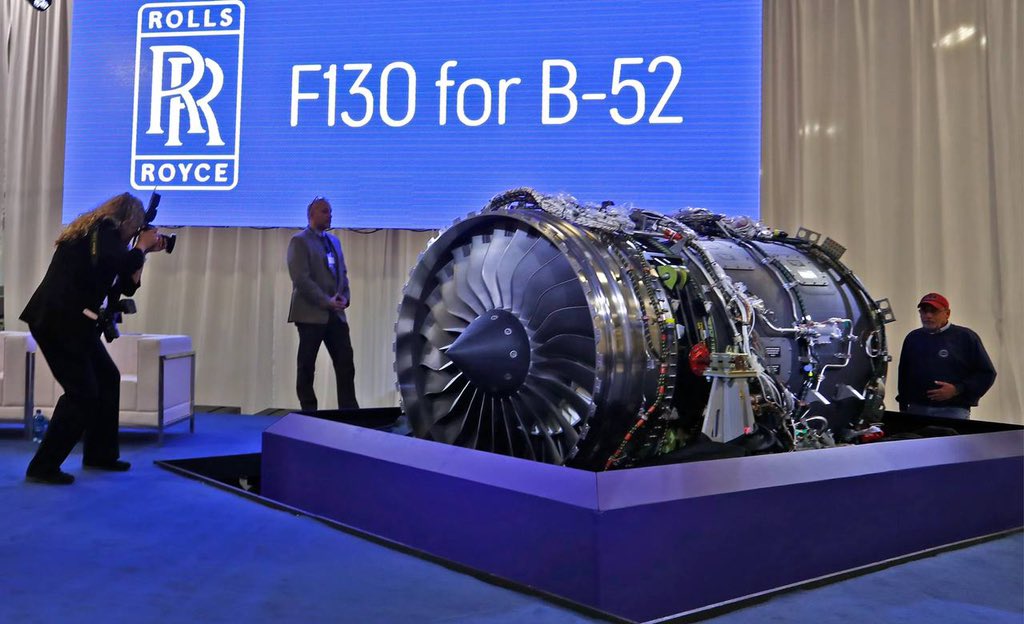
The service said that the B-52 CERP Middle Tier of Acquisition effort would cost US$1.32 billion, including research, development, testing, and evaluation (RDT&E).
The engines will eventually be manufactured at Rolls-Royce’s largest US-based production facility in Indianapolis.
The contract between the USAF and Rolls-Royce outlines an initial US$500 million six-year deal, which could increase to US$2.6 billion if all options are exercised. The company would produce 608 F130 engines to replace all eight TF33 engines on the 76 B-52Hs and 42 spare units.
Other Upgrades And Changes To B-52 Bomber
The USAF noted that the upgrades would also make way for other changes, saying, “as B-52 CERP brings an additional capability to the B-52, emerging security/certification requirements (nuclear hardening, cyber security, program protection, etc.) will also need to be addressed. Several concurrent aircraft upgrades during the B-52 CERP may necessitate temporary facilities or facility upgrades/ modifications.”
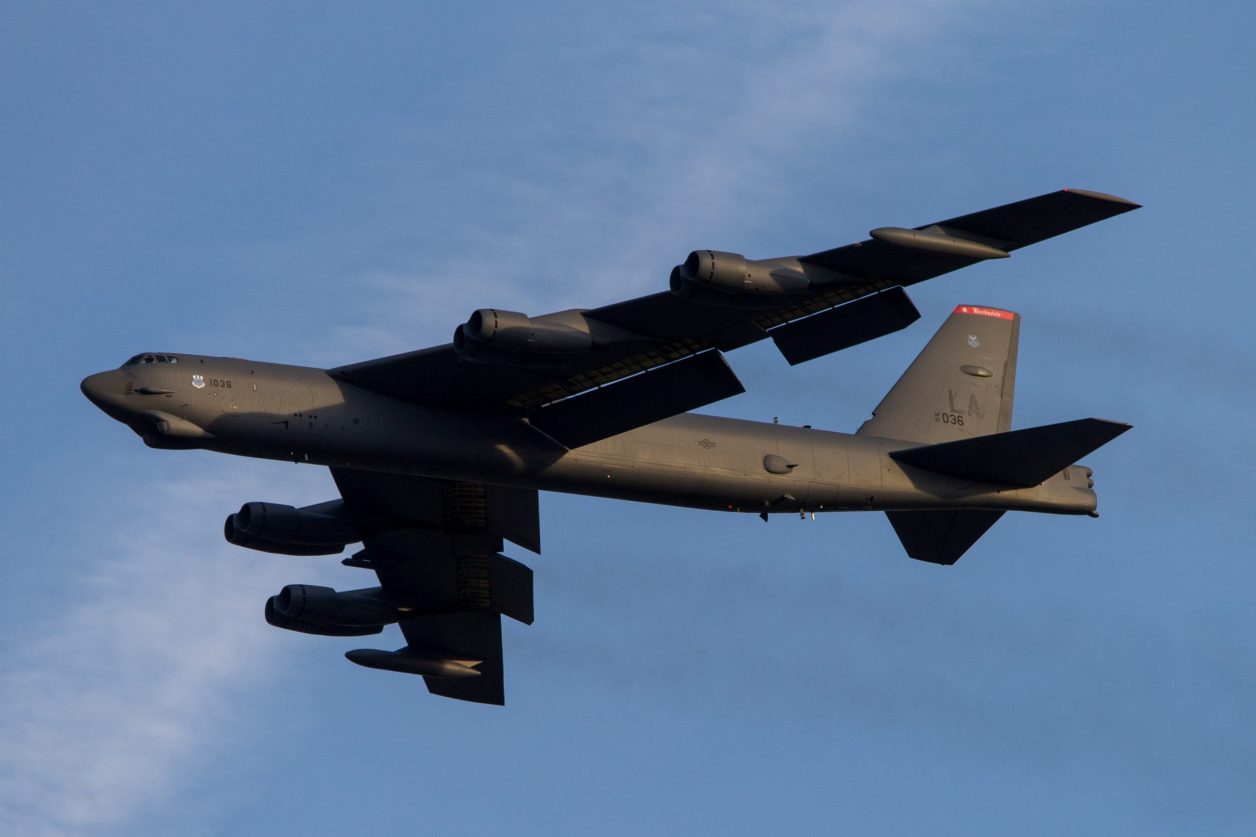
The USAF is requesting nearly US$3 billion in B-52 procurement across the future year’s defense plan, starting with US$65.82 million in 2024 and taking it up to over US$1.1 billion each in 2027 and 2028.
Of the total amount, the Radar Modernization Program (RMP) alone claims US$845.9 million, coming down to US$271.95 million in the year 2027. The RDT&E associated with the RMP is also requested at US$371 million, ending in 2026.
The procurement funding is for acquiring 74 radar kits, three training systems kits, and two engineering and manufacturing development kits.
The RPM will replace the Cold War-era bomber’s APG-166 radar with a new, more capable Raytheon AN/APG-79 radar, also used by the US Navy’s F/A-18E/F Super Hornets.
As reported by EurAsian Times, the Raytheon AN/APG-79 AESA radar will involve changes to the B-52’s cooling systems, for which the radar will be placed upside down, unlike the Super Hornet’s vertical posture, allowing it to scan the ground.

The new radar’s physical footprint is also much smaller than the system it will replace, creating growth capacity in the front of the aircraft. The B-52’s nose-mounted electro-optical blisters will be removed, and a new radome will be installed with the new radar.
The “fighter-quality” radar is expected to provide the B-52 with excellent air-to-ground detection, range, tracking, and precise weapons delivery and fire-control capability.
While the engine and radar replacement are certainly critical upgrades for the B-52, the USAF is also engaged in efforts to add systems and subsystems that will enhance the capability of this strategic bomber.
This includes the service’s plan to replace the Global Iridium Bomber Set (GLIBS), which has been in operation since 2017, with the new IRIS system, as discussed in a previous report by EurAsian Times.
The IRIS is a new beyond-line-of-sight communication (BLOS) system and Air Force Global Strike Command’s (AFGSC) solution for integrating the B-52 fleet into the greater Joint All-Domain Command and Control problem set.
It offers complete global coverage by leveraging the Low Earth Orbit (LEO) Iridium NEXT satellite constellation.
Despite its age, the B-52 remains the USAF’s leading strategic nuclear and conventional weapons platform. It can carry more weapons than any other USAF jet and fly long-range missions from bases in the Pacific.
Therefore, the Stratofortress will also carry the new hypersonic weapons the service plans to field by 2027.
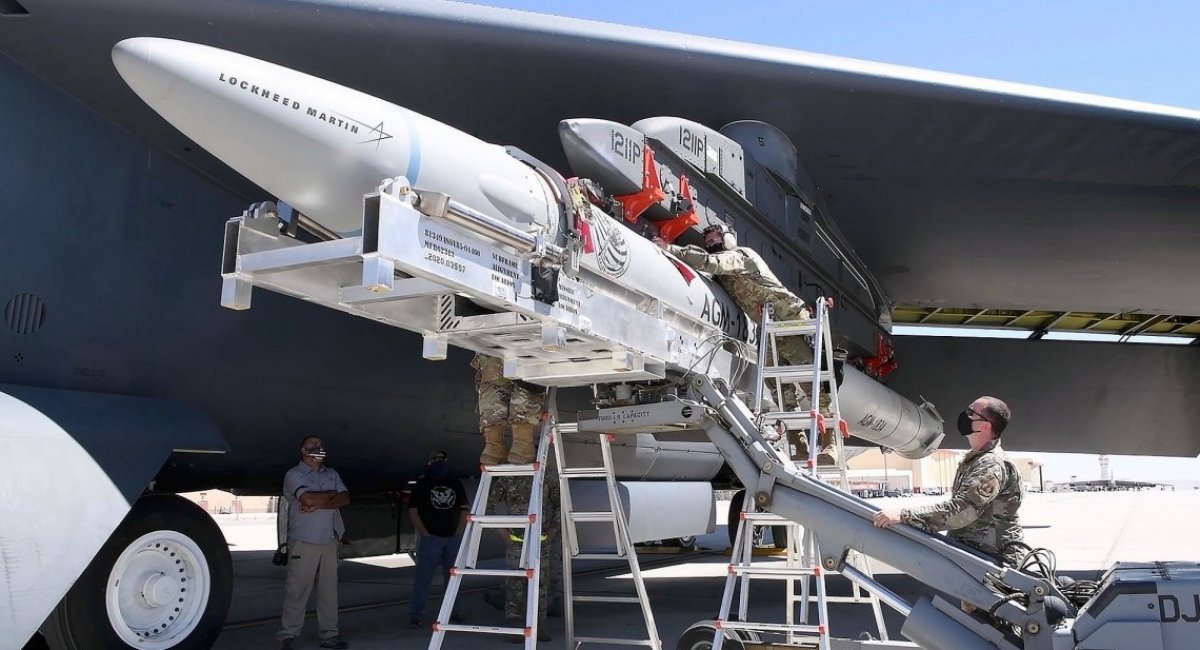
The B-52 was supposed to get the hypersonic AGM-183 Air-Launched Rapid Response Weapon (ARRW). However, the USAF has decided to close the program after the prototyping phase ends, following problems during a recent round of testing.
Instead, the USAF will shift its focus toward the Hypersonic Attack Cruise Missile (HACM), which has now become the service’s only hypersonic weapon program.
The first group of modified B-52s is expected to be delivered by the end of 2028.
- Contact the author at tanmaykadam700@gmail.com
- Follow EurAsian Times on Google News




